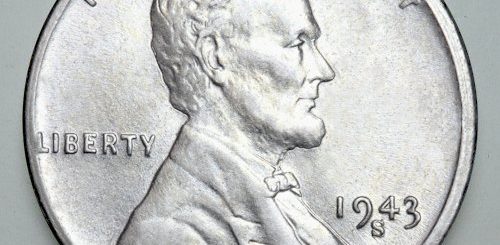US Three Cent Coin – US 3 Cent Coins
The U.S. Three Cent coin was born out of the necessity for a smaller denomination and a smaller coin in the mid-1800s. During that time, coins were hugely favored against paper money, which the people greatly mistrust. Early Americans didn’t trust paper money because it was only a representation of a certain value and not in itself valuable unlike coins, which are made of precious metals like silver or gold. However, coins were still cumbersome to carry around, especially large-denomination coins. And the smaller one-cent coins also didn’t help because one would need to carry a lot when shopping. So when the postage stamps were reduced to three cents apiece, the U.S. government acknowledged the need for a denomination smaller than five cents so there wouldn’t be a need for change in three-cent purchases. So in 1851, the Three Cent coin was proposed.
There were two kinds of three-cent pieces produced, one made out of silver-copper alloy and another, out of copper-nickel alloy, both of which were designed by James Barton Longacre, Chief Engraver of the U.S. Mint that time. The silver three-cent coin bore a shield design inside a six-sided star on its head or obverse side. Meanwhile, its tail, or reverse side, featured the Roman numeral III for its denomination. The first silver three-cent issues were struck in 25% copper and 75% silver instead of the usual 90% silver content. This was done to discourage the hoarding of the coin and being melted down for its silver content but still be considered as real money. This was a time when there was a shortage in silver supply and the value of the silver content in coins became worth more than the actual face value of the coin. But the new three-cent silver coin was not selling to the public, so its silver content was raised to 90% in 1854 to encourage circulation. To recompense for the added cost, the coin was made thinner to reduce its weight.
But after the American Civil War in 1865, silver coins almost completely vanished from circulation due to the prevalent hoarding of the precious metal. So the U.S. Mint had to come up with an alternative metal alloy to at least temporarily replace the silver coins until the hoarding ceases and silver coin start reappearing in circulation. The copper-nickel alloy was proposed and the Liberty Head Nickel three-cent coin was born. Its obverse side featured the bust of the goddess Liberty and the Roman numeral III on the reverse. Although it was only meant as a temporary replacement, the production of the Nickel Three Cent lasted for 16 years. Minting of this coin only stopped in 1889, when there was no longer a great need for its denomination.


